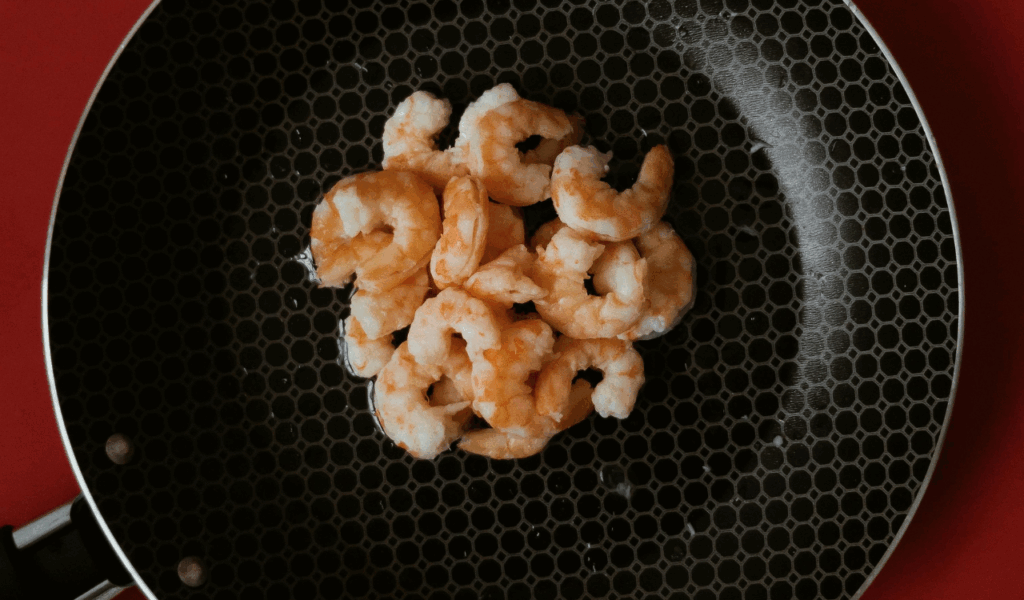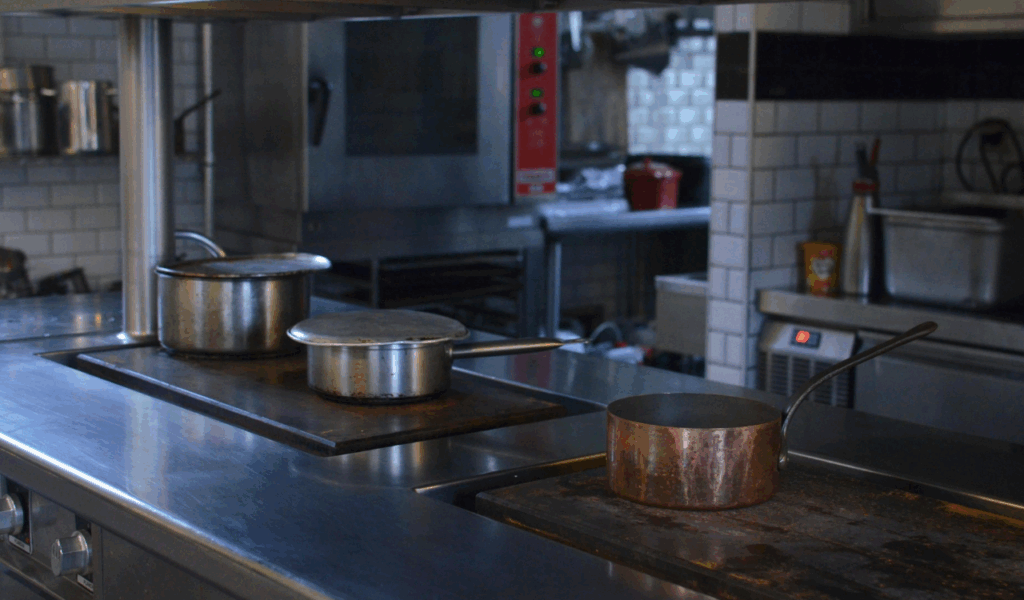New Bill Could Ban Popular Nonstick Cookware

Environmental organizations, manufacturers, and home cooks are debating a broad new proposal in California that would outlaw nonstick cookware that contains specific chemicals known as PFAS. Given the growing scrutiny surrounding so-called “forever chemicals,” this bill has the potential to change the way that pots and pans are marketed and utilized in regular kitchens. What the bill suggests, why it matters to you, the arguments for and against it, possible timelines, health concerns, helpful advice, and possible alternatives will all be covered in this article.
1. What the Bill Proposes

Perfluoroalkyl substances, or PFAS, are a broad class of artificial chemicals valued for their ability to withstand heat, oil, water, and stains. However, they are infamously persistent (“forever chemicals”) in both the environment and human bodies. Exposure to PFAS has been linked in studies to immune effects, lowered vaccine response, reproductive issues, liver and kidney damage, elevated cholesterol, and certain types of cancer. Nonstick coatings are subject to PFAS scrutiny since they frequently contain fluoropolymers.
2. Why PFAS Is a Concern

PFAS (per‑ and polyfluoroalkyl substances) are a large class of synthetic chemicals prized for resisting heat, grease, water, and stains. But they are notoriously persistent in the environment and human bodies (“forever chemicals”). Studies link PFAS exposure to higher cholesterol, liver and kidney damage, reproductive problems, lowered vaccine response, some cancers, and immune effects. (Because nonstick coatings often are fluoropolymers, they fall under PFAS scrutiny.
3. Timeline & Enforcement

The law would go into effect gradually if Governor Gavin Newsom signs it by the deadline of October 12. After January 1, 2030, the sale of cookware containing PFAS would be prohibited. The deadlines for other covered items, such as cleaning supplies and food packaging, are earlier (2028, 2029, or 2031). Compliance would be overseen by the California Department of Toxic Substances Control (DTSC), and manufacturers would be required to attest to compliance and provide supporting documentation upon request.
4. Arguments in Favor

Proponents contend that PFAS bans in cookware are a preventative public health measure. Reducing exposure is regarded as wise since PFAS build up in both the environment and people. They assert that there are already safe substitutes that can meet cooking needs and don’t use PFAS, such as ceramic, cast iron, and stainless steel. According to environmental organizations, the bill is a component of a larger initiative to stop the needless use of persistent chemicals.
5. Arguments Against & Industry Pushback

Critics contend that not all PFAS are equally dangerous and that regulators have long deemed some fluoropolymers (like PTFE) safe for use in food. They caution that the ban might increase consumer costs, impair the performance of cookware, or require the early disposal of already-owned pans. Citing possible unforeseen consequences for homes and food preparation, numerous chefs and cookware manufacturers have written to request a delay or veto.
6. What It Means for Home Cooks

California may see a decrease in the sale of PTFE-coated nonstick cookware if the bill is passed into law. Home cooks may need to switch to more robust options, such as ceramic nonstick cookware, well-seasoned cast iron, or stainless steel with proper technique. You might need to pay closer attention to labels and search for “PFAS-free” or “no added PFAS.” In order to prevent market division, the shift might also spur innovation across cookware brands across the country, not just in California.
7. Health & Safety Considerations

Even today, there are still safety precautions to take when using nonstick cookware, such as not using scratched pans, not heating empty pans, and not overheating (beyond 260 to 300 °C). According to certain research, extreme circumstances may result in the release of PFAS or degradation products. However, when used correctly, PTFE has historically been approved for use in food contact by regulatory safety evaluations (such as the FDA). The new bill is driven by the belief that it is wise to reduce long-term low-level exposure to PFAS.
8. What You Can Do Now

Start the transition early if you’re worried: evaluate your cookware, continue using nonstick cookware within safe bounds, and look into PFAS-free substitutes. Avoid misuse and always abide by the manufacturer’s recommendations regarding heating limits. Keep an eye out for label claims such as “PFAS-free” or “no purposefully added PFAS.” Keep up with local laws in your area and the status of the bill. Additionally, when shopping, look at price, performance, and durability rather than just material claims.





